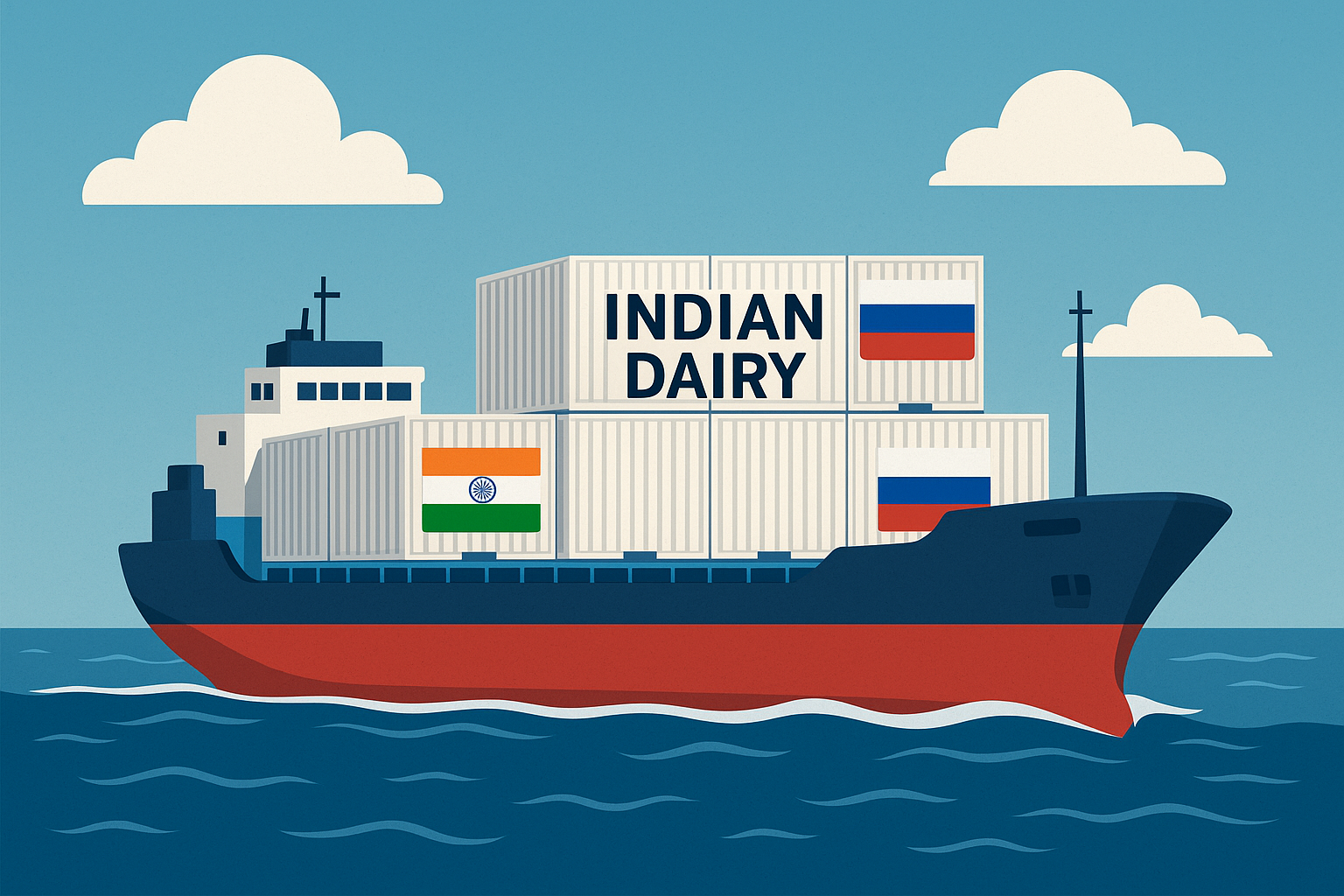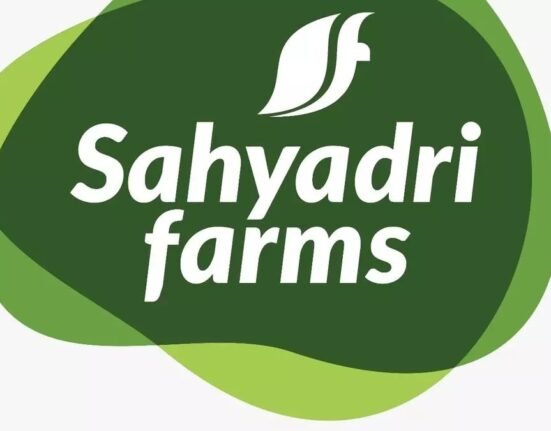As the war in Ukraine enters its third year and Western sanctions deepen, Russia is doubling down on two seemingly contradictory priorities: military dominance and food self-sufficiency. In what the Financial Times calls a “guns and butter” strategy, the Kremlin is investing heavily in both its defence budget and domestic agriculture — especially dairy — to insulate the nation from global economic shocks.
While the headlines focus on tanks and troop movements, a quieter revolution is happening in rural Russia: a state-backed push for dairy resilience. This presents a strategic window of opportunity for India’s dairy industry, which is seeking to expand its global export footprint.
🚜 Russia’s Food Sovereignty Push: Why Dairy Is Central
With Western imports curtailed and global trade channels strained, Russia’s leadership has made it clear: domestic food security is no longer optional — it’s a matter of national survival.
To that end, the Kremlin is:
- Channelling subsidies into dairy farming, breeding, and cold chain infrastructure
- Accelerating investments in milk processing and value-added products. Prioritising self-sufficiency in milk, cheese, butter, and infant formula
- Encouraging local cooperatives and vertically integrated agribusinesses
Analysts note that this move is not just about feeding Russians — it’s also about economic sovereignty. Food inflation has spiked, and Russia seeks to protect itself from relying on unfriendly nations for essentials such as milk powder or cheese cultures.
🇮🇳 India’s Opportunity: Strategic Dairy Exports to Russia
While Russia builds up its dairy industry, a short- to mid-term supply gap remains that cannot be plugged overnight. This creates a unique opening for countries like India, whose dairy sector is vast, cost-competitive, and increasingly modernised.
Here’s how India can step in — and what must be done to make it viable:
✅ Why Indian Dairy Fits the Russian Demand
| Russian Needs | Indian Advantage |
|---|---|
| Supplement domestic shortfalls in butter, ghee, milk powder, and infant nutrition. | India has scale in bulk milk, milk powder, and value-added dairy |
| Source from non-Western trade partners | India is geopolitically neutral and non-sanctioned |
| Affordable, long-shelf-life dairy imports | Indian processing efficiency keeps products competitively priced |
| Halal and vegetarian dairy variants | India’s cultural production systems match Russia’s diversified consumption base |
🔍 Key Export Products India Can Target
- Skimmed Milk Powder (SMP) and Whole Milk Powder (WMP) – already in surplus in India
- Ghee (Clarified Butter) – increasingly popular in international health circles
- Cheese – niche but growing in Eastern European markets
- Lactose, casein, whey proteins – used in pharmaceuticals and baby food
- Probiotic yoghurts and dairy drinks – in demand among health-conscious consumers
⚠️ Challenges to Address
- Sanctions & financial logistics
- India must ensure payments are routed via non-USD channels
- Use of rupee-ruble bilateral payment systems or third-country intermediaries may be required
- Cold chain and distance logistics
- New logistics corridors via Central Asia or Black Sea routes need to be explored.
- Exporters must invest in temperature-controlled packaging and warehousing
- Regulatory and quality compliance
- Indian exporters must align with Russian food safety standards (GOST)
- Labelling, shelf-life, and traceability systems must be upgraded
- Trade agreement support
- India’s Ministry of Commerce and Industry, along with APEDA, should negotiate phytosanitary clearances and lower tariff barriers
- Government-to-government support will be critical to scale
🔭 Strategic Steps Ahead for India
- Pilot B2B Deals: Start small by exporting milk powder or ghee to Russian buyers or ethnic Indian stores.
- Build Export Hubs: Gujarat, Maharashtra, and Punjab can serve as anchor points for export-ready dairy clusters.
- Engage Private and Cooperative Giants: Amul, Nandini, and Parag Milk Foods could lead the way in exports through their value-added product lines.
- Incentivise Entry: The government could offer transportation or tax incentives for entering new markets, such as Russia.
- Create a Russia Dairy Taskforce: Involving the Indian Dairy Association (IDA), Export Promotion Councils, ICAR-NDRI, and large dairies.
💬 Expert Insight
“Russia’s food nationalism creates a rare window for Indian dairy to go global. With the right mix of logistics, certification, and policy backing, India could secure a lucrative dairy export corridor to Russia,”
— Prashant Tripathi, Jordbrukare India
📊 Final Thoughts
As Russia strives to decouple its food systems from the West, India, with its dairy surplus and neutral diplomacy, emerges as a natural trade partner. While challenges remain, the “guns and butter” strategy unfolding in Moscow may open the door for India’s next dairy export boom.







